Do You Really Understand Your Recycling Program? (Questions Answered)
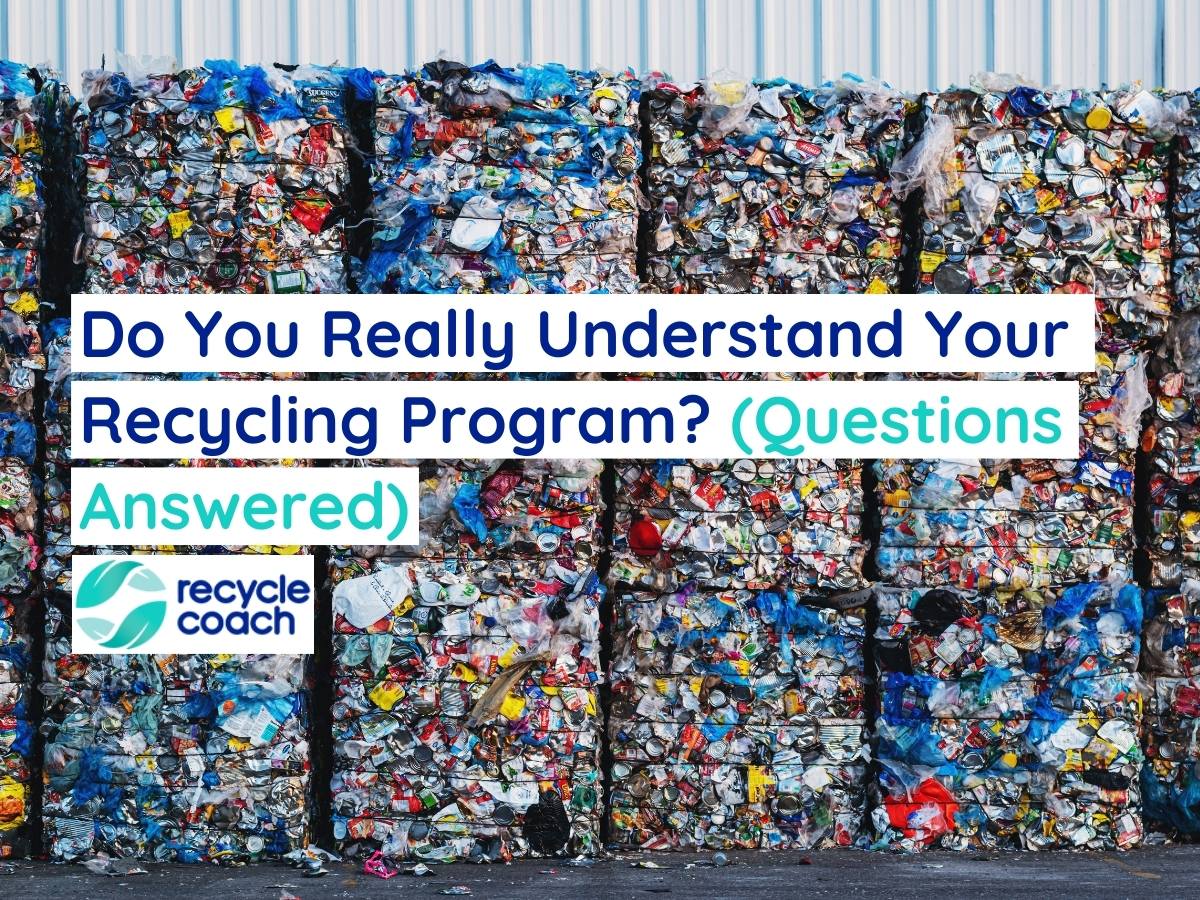
Most people think they have a solid grasp on the concept of recycling: You send your used materials to the recycling center, then they get separated and sent to be turned into new products. While this is essentially true, there are so many more intricacies involved in your recycling program than you may realize.
Recycling centers face many problems, but they are also constantly adapting to changing rules in order to provide the best recycling services they can for their area. We will help you sift through the challenges and myths about recycling by answering these common questions about recycling programs.
What is the recycling process?
The recycling process is the process in which materials from products are collected, sorted, processed, then remanufactured into new products. The specifics of this process can vary significantly by location, by material, and by manufacturing needs.
While in Europe, many countries require their residents to sort their recycling by material into separate bins, most of North America lets residents mix their recycling so that the recycling facilities do the sorting.
The three most common ways recycling is collected in North America are single-stream, dual-stream, or drop-off.
- Single-stream lets you toss all accepted materials in the same bin that will be collected curbside by a recycling truck.
- Dual-steam requires that the paper and cardboard products be in a separate container than glass, metal, and plastic so that it keeps the paper and cardboard clean and dry when it is picked up by the truck.
- And finally, many locations do not offer curbside pick-up services, so residents are encouraged to bring their recycling to a local drop-off center.
Once the materials are at the recycling center, they are sorted by hand and by machines, then baled together. And finally, a manufacturer that buys those materials will take them to be reprocessed into a new product.
Why do people recycle?

Obviously every individual has their own personal reasoning behind why they recycle, but mainly those reasons usually boil down to helping the environment.
Some common reasons are:
- reduce personal waste
- extend the life of landfills
- have a positive impact on climate change
- conserve non-renewable resources
- be more eco-friendly
- reduce carbon emissions
Recycling can have all of these effects because when we rely on recycled materials to create products, the manufacturer does not need to obtain virgin raw materials. This means reduced carbon emissions that would have otherwise been harmful to our environment.
Recycling also reduces waste since the materials are being used again instead of going to a landfill or being incinerated.
What is the real environmental impact of recycling?

Recycling has a plethora of environmental benefits including:
- conserving natural resources
- reducing carbon dioxide emissions in landfills, which in turn reduces greenhouse gas emissions
- preventing air, water, and land pollution
- reducing the amount of waste that gets sent to landfills
- conserving energy since new materials do not need to be collected
With so many benefits, it is imperative that we take advantage of what our local recycling programs offer.
Why doesn’t everyone have a recycling program?
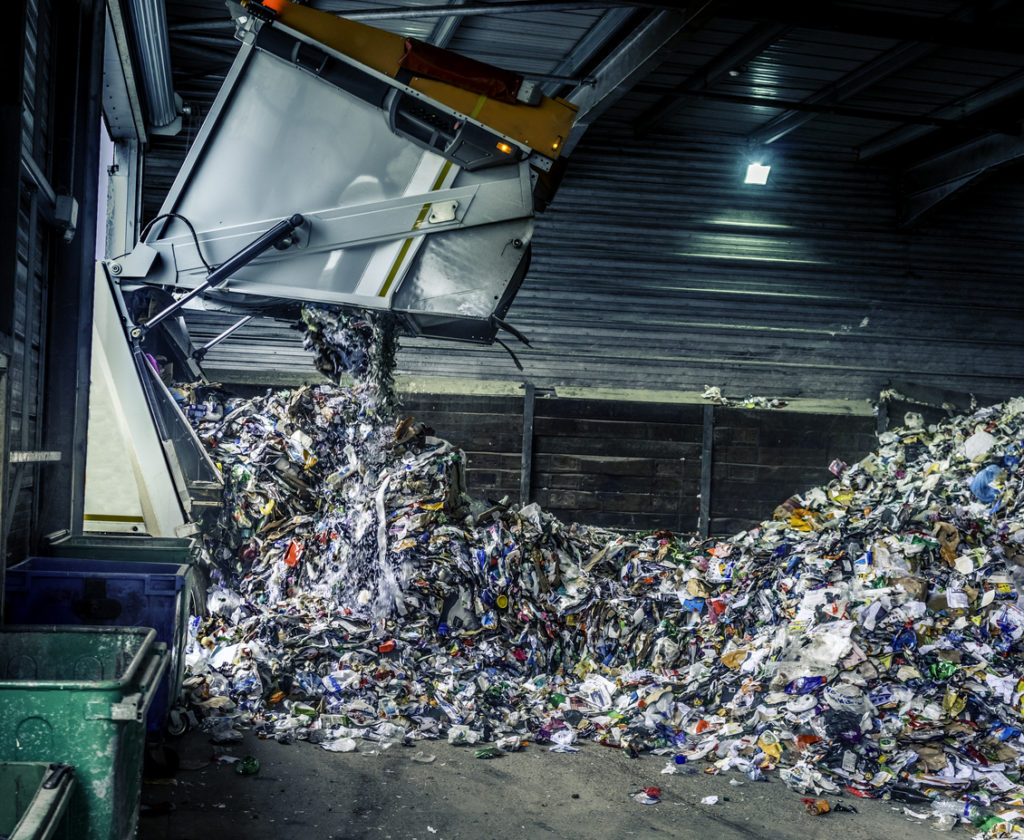
With all these benefits, you would think that every municipality would have a recycling program up and ready to go. Unfortunately that is not the case. There are several factors that can contribute to a location not having a recycling program.
Sometimes it may be a financial issue that keeps recycling from becoming a priority. While overall, recycling can be a much more economical means of waste management, the start up costs may prohibit governments from greenlighting a new program.
There also needs to be a market for the materials recycling centers provide. If there are no buyers for the materials being recovered, then it doesn’t make sense to have a recycling center. The recovered materials would just sit there unused, eventually needing to be landfilled.
Additionally, many programs struggled to stay open after the changes recent regulation changes. Prior to 2018, many of our collected materials in North America were being sent to China and other Asian countries to be sorted, processed, and remanufactured. In 2018, China changed their regulations for incoming material loads, restricting several types of waste that North America had been sending to them for decades.
After this shift, many recycling facilities across North America had to scramble to accommodate the changes and alter how they collected materials. Some programs were not able to adapt and inevitably were forced to shut down under the new work load.
Do the things we ‘recycle’ really get recycled?
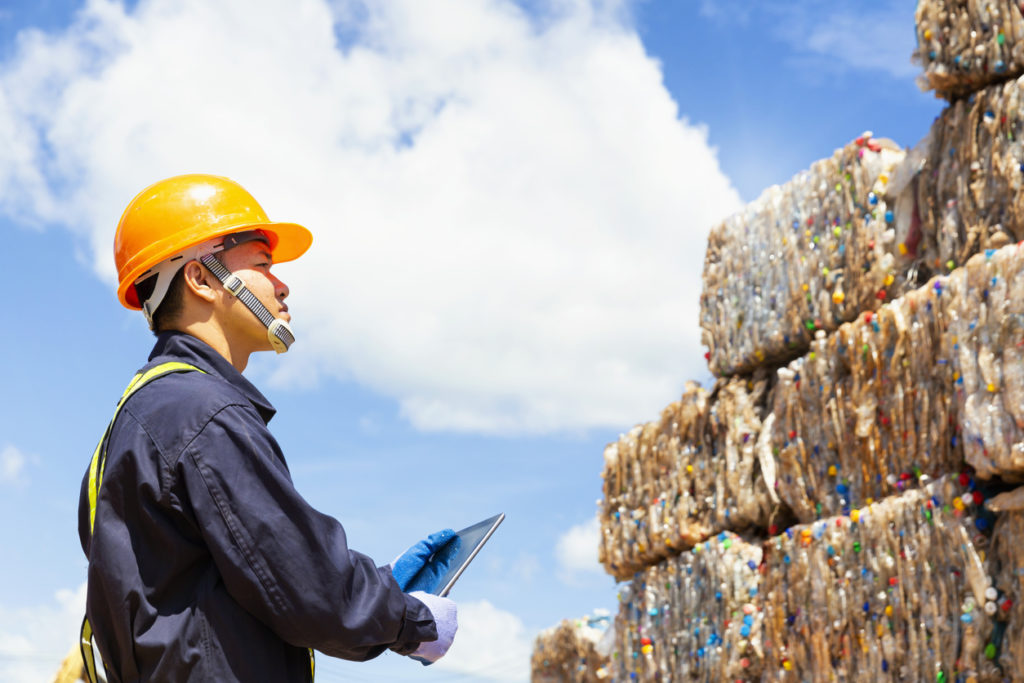
There has been buzz surrounding the idea that what we recycle, does not in fact get recycled. This is not quite true. Recycling programs accept different materials at each location based on two main factors: what their processing facility can accommodate, and if there are buyers for the materials they collect.
The issue of not recycling your recyclables comes into play when contamination occurs. Contamination can happen when items that are dirty with food, grease, or other residue are added to the recycling bin, and when residents add items that don’t belong.
Let’s look at residue first. Many people do not rinse or clean out their recyclables. So when you toss a perfectly good plastic pop bottle in the recycling, but it still has pop in it, it will be removed from the load and brought to landfill instead.
You’re probably thinking, “Well, can’t they just empty it at the recycling center?” Simply put, no, they don’t have time. Once items are put on the conveyor belt, the process goes too fast for workers to empty and clean materials. They are just simply removed. It is the residents’ job to make sure what they toss in recycling is empty and clean.
Now let’s talk about items that don’t belong. Most people want to be good recyclers so they add as many things as they can to their recycling. The issue is that they don’t actually check if their program accepts those items, so they end up adding items they wish would be recycled. This is called wish-cycling.
When you add items that are accepted in other places, but not your specific program, you are wish-cycling. This is recycling contamination. These items are removed at much effort and cost to the recycling program in your area.
In order to keep loads of materials ready for processing and remanufacturing, they cannot have contamination mixed in the batch. So these wish-cycled items are removed and sent to landfill.
This is one of the main reasons people believe that what their recycling is not getting recycled – because they are not actually recycling the correct items. Recycling programs are recycling the items they can, but it is up to us to know what our program accepts.
How can I recycle if I don’t have a local program?
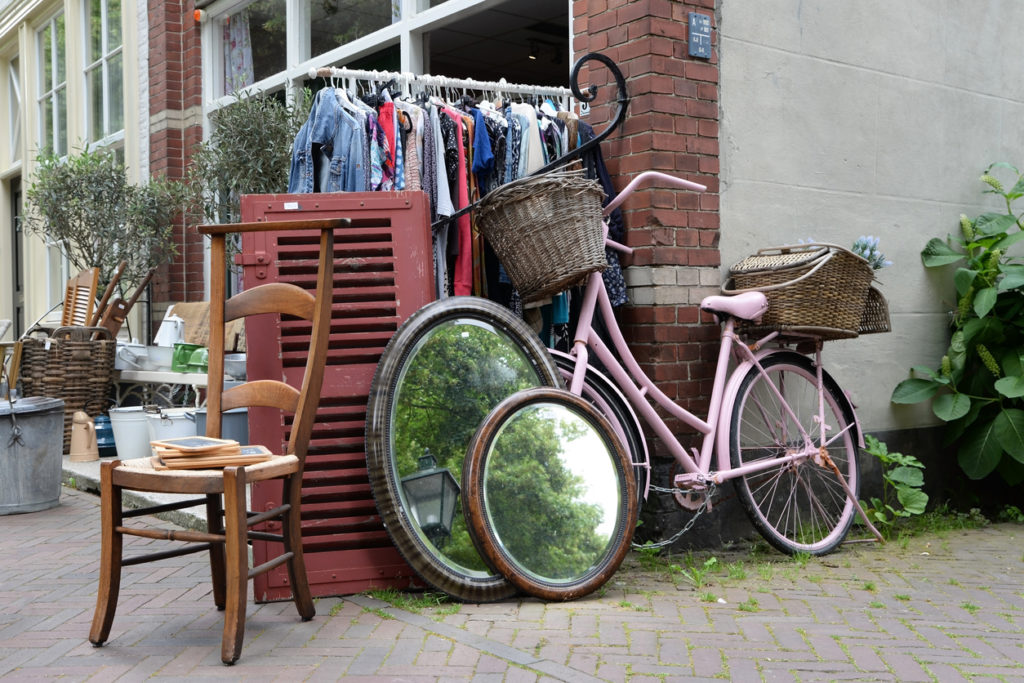
Often, there are many ways to recycle specific items outside of your local recycling program.
For example:
- plastic bags and plastic film are usually accepted at grocery store drop-off locations
- rechargeable batteries can be dropped off at Call2Recycle bins at most Home Depot or Staples stores
- ink cartridges for printers usually come with a way to mail back empty cartridges
- recork accepts sent in wine corks
Many different manufactures are now creating ways to implement take-back programs in order to recycle their specific products and packaging. These types of programs usually have specific drop-off locations or send-back programs.
Terracycle is a company that provides a vast amount of send-in recycling opportunities based on the type of material you’re trying to recycle. With this company, you do have to pay for your items to be recycled.
If you live in a community that does not have access to a recycling program, Terracycle may be a good option for you. You might even considering splitting the cost of a box with a neighbor and sending your recycling in together.
Another way to recycle items that aren’t accepted in your area is to upcycle. Upcycling is when you turn an item you would normally throw away, into a completely different and new usable item. For example, if you have an old t-shirt, you could cut it up into several rags and you have just upcycled. The point is to keep an item from going to a landfill so soon.
And of course, reuse is always a great option. Donating or selling items that are still usable, instead of throwing them in the garbage, is a great alternative to recycling if you do not have a recycling center in your area.
Sometimes you can also find a local zero waste group on social media that helps to pass along usable items such as glass jars, cardboard boxes, etc. – literally anything you can think of.
How can you recycle better at home?
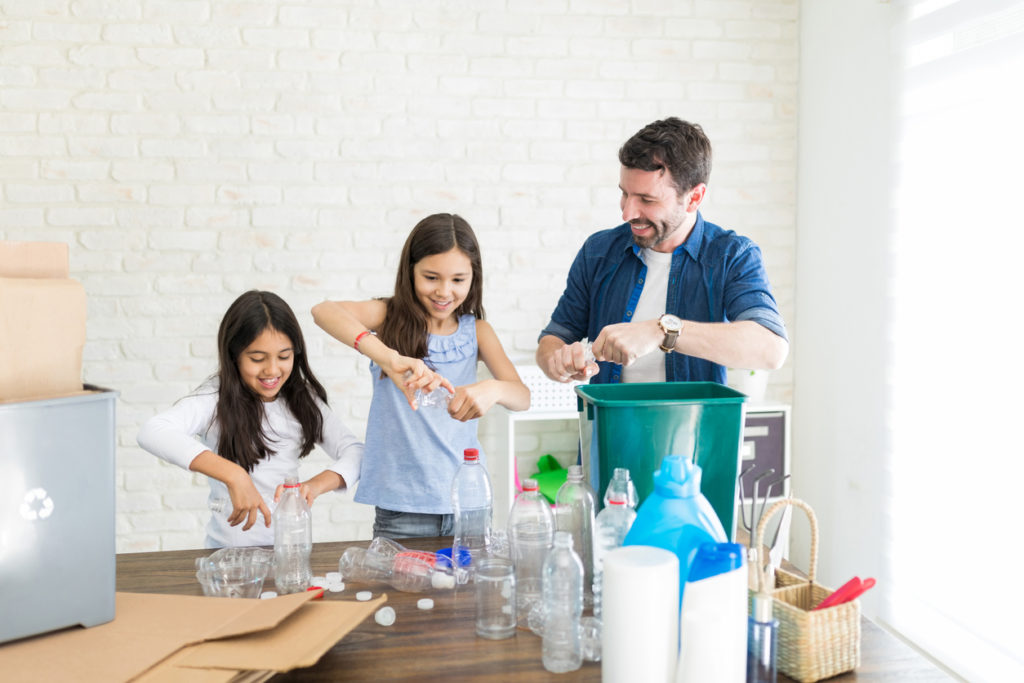
Helping your family or roommates recycle correctly is a great way to help your local program. You can start with finding out what your local program accepts and only adding those items to your recycling bin. Then you can make sure to tell everyone in the household the information you find out. Sometimes municipalities even have a printable flyer that you could post over your recycling bin.
Another key step to recycling better at home is to always make sure items are empty and clean. Sometimes that means a quick wipe down, dumping out, or rinse. Just try not to waste water while you’re cleaning them.
If you do not have a recycling program in your area, try to seek out as many recycling opportunities as you can through manufacturer take-back programs and individual item recycling, such as electronics recycling or plastic bag recycling, that you can often find at grocery stores or big box stores.
You can also support recycling efforts by buying recycled products. That way you are participating in the recycling process even if you don’t have access to a recycling program.
And whether you have a program or not, you can always upcycle, reuse, donate, or sell items you don’t need anymore. Keeping items out of landfill helps reduce our waste, reduce our carbon emissions, and helps to better our environment overall. So even if you have limited local options, you still have ways to help the environment!
1 Comment
Comments are closed.
Eli Richardson
November 14, 2022 at 3:31 pmIt’s interesting to know how recycling helps reduce our carbon dioxide emissions. Recently, my sister told us she’s excited about starting a recycling project in her workplace, so she wants to prepare a presentation for her boss and coworkers, and I think your article will provide key information for it. Thank you for the tips on creating a recycling program and the benefits it has for our environment.